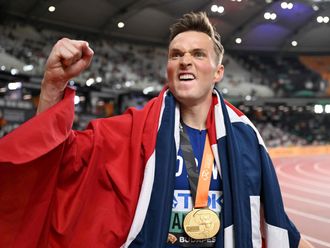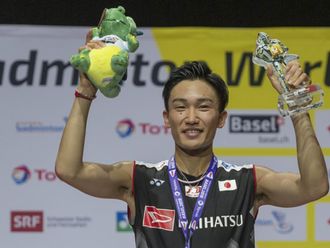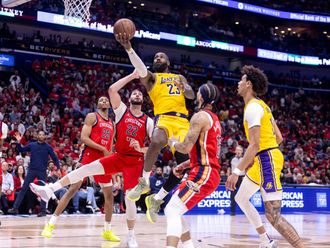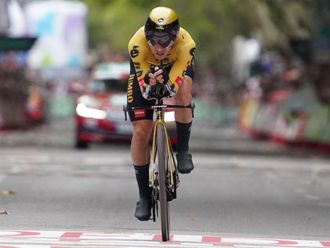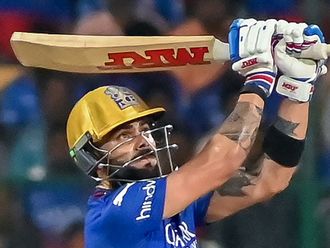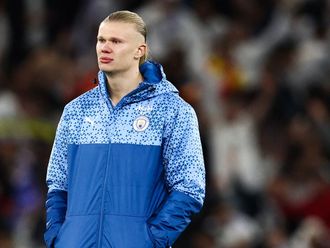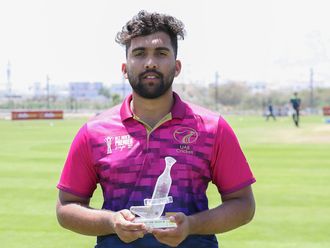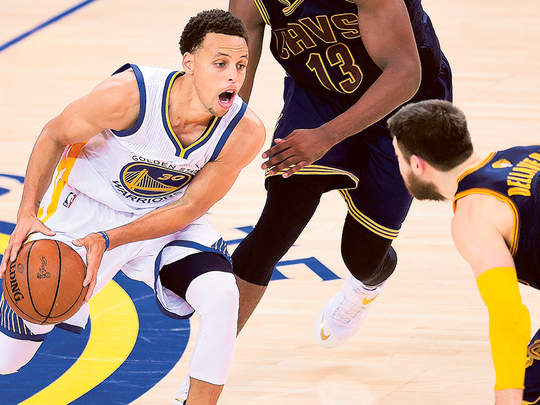
The Golden State Warriors’ championship win is a great thing.
Great for neutral fans who watched a young, exciting, sharp-shooting squad as it bombed its way to the title.
Great for an NBA that can market the heck out of Golden State’s likeable stars, the ‘Splash Brothers’ of Stephen Curry and Klay Thompson.
And great for the other 29 clubs bidding to build the 2016 title-winner. Or the 2017 winner. Or, in the case of the Philadelphia 76ers, the 2314 winner.
If Cleveland Cavaliers forward LeBron James had led his ragtag bunch of misfits to the 2015 championship, the message would have been loud and clear: to win a title, you can forget teamwork and chemistry because all you need is the best player in the world.
That’s not to say that the Warriors fare poorly in the superstar stakes. Point guard Stephen Curry was the Most Valuable Player (MVP) of the regular season and may be the best three-point shooter we have ever seen.
But swap him with James and the Finals are a 4-0 sweep.
The point is not to take anything away from Curry’s historic campaign, in which he broke the record for the most three-pointers in a season. As the best player on the best team, he was a well deserving MVP.
It’s that the Warriors are so much more than Curry. It is a team constructed of Swiss army knife defenders who can guard multiple positions, allowing them to switch every defensive assignment without giving up a mismatch.
They pass the ball like Gregg Popovich’s Spurs, shoot it like Mike D’Antoni’s Suns and run the floor like Pat Riley’s Showtime Lakers.
Yet with a bit of careful planning — and a whole boat-load of luck — any general manager could build the next Warriors. All you need is a top-five player, one or two guys who totally outperform their draft spot (read Draymond Green), some clever front office moves (the free agent signing of Shaun Livingston, not trading Thompson for Kevin Love), a strong head coach with a creative staff, and a team-first culture from top to bottom.
The last part, by the way, is the key.
Every player on the Warriors knows his role and nobody complains about it. Eventual Finals MVP Andrew Iguodala did not start a single game this season before the Finals, and starting centre and defensive linchpin Andrew Bogut disappeared from the rotation completely in the title series.
Granted, acquiring a single great player overnight can be transformative for a franchise. LeBron James has just finished demonstrating that by dragging a team to the Finals just a year after it missed the play-offs.
Once there, he produced a performance that, despite the end result, was described as the greatest achievement of James’s career by ex-New York Knicks coach Jeff van Gundy.
Having one of history’s top-five players can get you within a few made or missed baskets of an NBA title — but it can’t win you one. Not without help.
Hopefully, this will lead to more NBA teams following the Warriors’ team-building model, rather than tanking for a high draft pick or clearing cap room to try to obtain the next LeBron James.
An NBA featuring more teams constructed using the Warriors blueprint would be a great thing. Regardless of which team triumphs in the title race, everybody wins.


